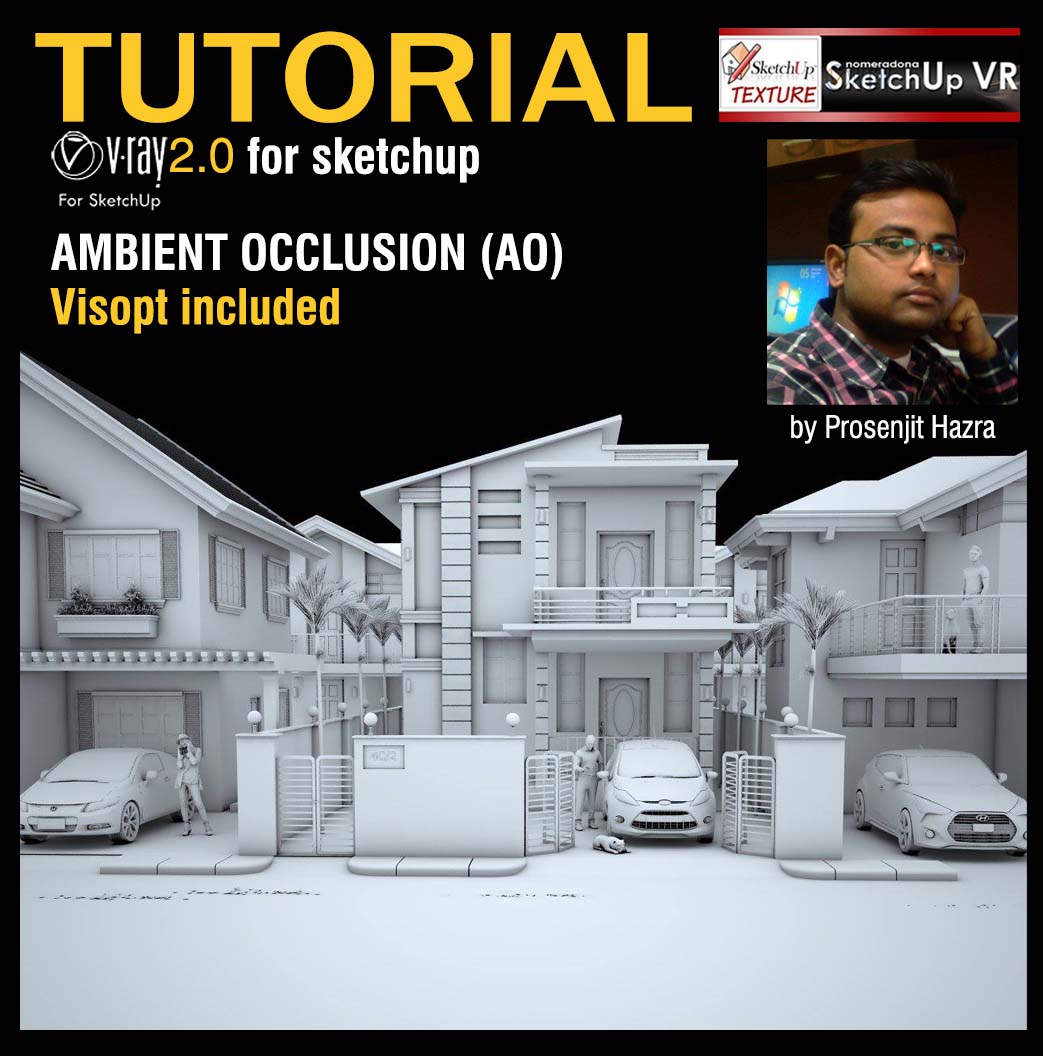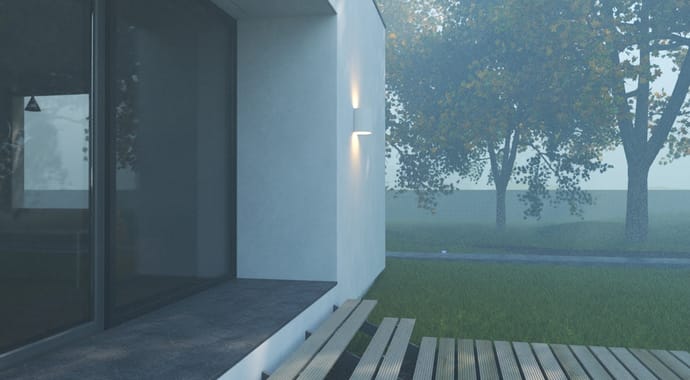

With V-Ray Next you don’t have to know much about how a Ray Ray rendering engine works, you can render beautiful scenes. This window contains a huge number of settings which we can adjust in the future, as well as options for rendering different regions within your model.V-Ray Next tutorials : one of the most functional plugins for 3ds max that has just released its usable version of 3ds max. This will open up a window where you can see your rendering. The “Render with Vray Interactive” button will start an interactive render that adjusts as you move your camera. The “Render with Vray” option will simply run a static rendering within your render window. Within the asset editor, there are 2 different kinds of renderings – render with Vray and render with Vray interactive.
Vray for sketchup tutorial video how to#
The settings tab allows you to adjust everything from the kind of render you’re doing (CPU/GPU, etc), your camera settings, where you can adjust things like your render size, exposure, your environment settings, and more.įinally, let’s take a quick look at how to actually run your rendering. The Vray geometry tab is going to allow you to adjust the different Vray geometry objects within your model, all of which can be accessed in the Vray objects toolbar (grass, infinite planes, etc) Once you add these to your model, you can adjust them within your lighting tab. This tab works in conjunction with the Vray lights toolbar, which allows you to add different kinds of light, like rectangle lights, sphere lights, spot lights, IES lights, and more. This tab contains the settings for the different lights within your model. You can adjust the settings for the various materials off to the right, which we’ll discuss further in a future tutorial – this includes everything from relection/refraction settings to bump mapping and other settings. Note that this also gets added in as a SketchUp material that you can then apply to any face you choose. You can then apply them to your materials within SketchUp by selecting an object, right clicking and picking apply material to selection.

You can add these by either dragging them into your scene, or by right clicking and selecting add to scene. On the left, you can access V-Ray’s library of materials and presets. There’s two different sections in here that you can access by clicking on the arrows to the left and the right of your material. The material list section allows you to edit the different kinds of materials within your model, allowing you to adjust all the different settings for your materials. We’ll get into these in more depth later, but for right now, let’s focus on the first and second options, where you can edit your materials and also your lighting.

This is where you can adjust your material settings, your environment settings like sunlight, etc, model geometry settings, and general render settings. The first thing we’re going to click on is the asset editor. This contains the tools that you’re going to use to edit your rendering, as well as the actual render buttons themselves. Let’s take a look at the V-Ray for SketchUp toolbar first. To start off, when you first open Vray, you’re going to have 3 toolbars (at least in version 3.6)– you’ve got a V-Ray for SketchUp toolbar, a V-Ray lights toolbar, and a V-Ray objects toolbar. I’m hoping to give more of a step by step approach to Vray rendering. I think a lot of the problem with rendering is that people really try to start way too advanced, and they get confused and they quit.
Vray for sketchup tutorial video series#
My goal with these videos is to create a series of tutorials that are easy to follow to help people getting started with Vray. In this video, we’re going to start of using Vray by getting familiar with the interface, as well as creating our first very simple render.

Leave a comment below and let me know what kind of Vray tutorials you’d like to see on this channel! If so, please consider supporting me on Patreon (click here to support) or by visiting my Support the Show Page! In this video, I introduce you to the different functions contained within Vray 3.6 for SketchUp, as well as helping you create your first rendering!ĭo you like these SketchUp tutorials and videos? Getting Started with Vray 3 6 For SketchUp – START HERE IF YOU’RE A BEGINNER


 0 kommentar(er)
0 kommentar(er)
